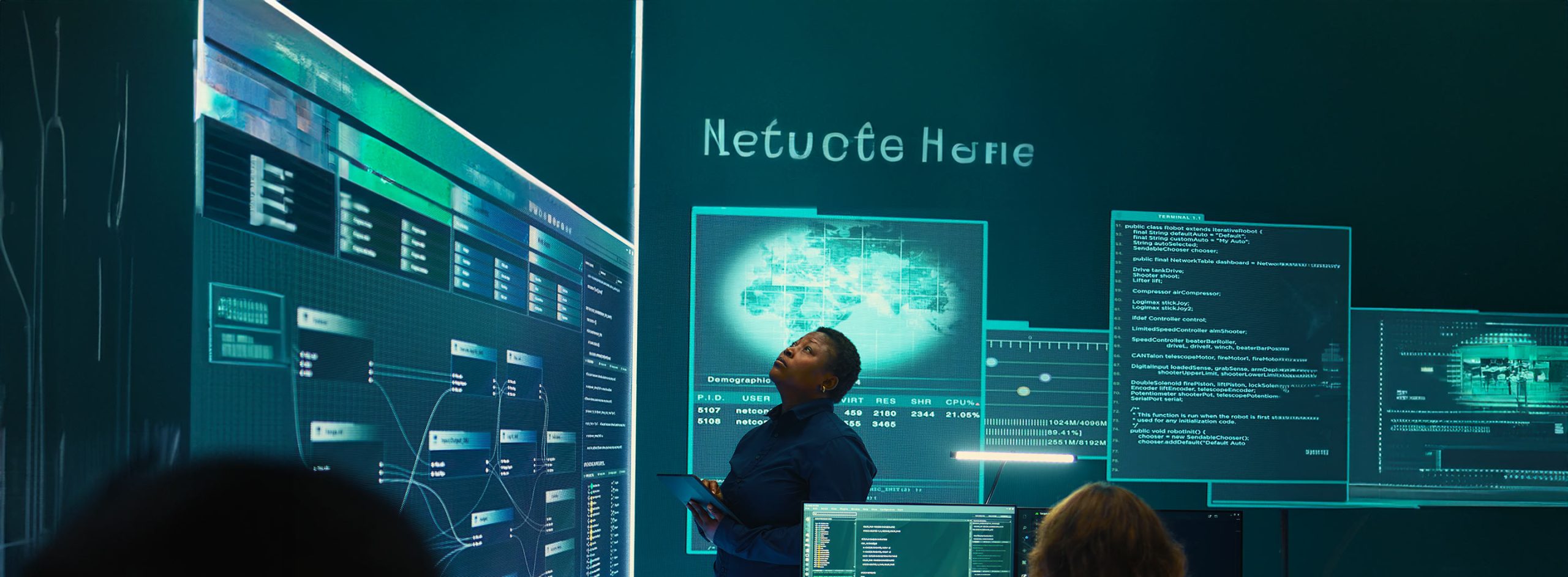Did you know an average employee spends about 50% of their workday on tedious, manual activities such as filing documents, entering data, and compiling reports that could be easily automated? Such tasks negatively impact their efficiency and increase the chances of errors. To address these concerns, many organizations traditionally turn to automation technologies such as Robotic Process Automation (RPA) to streamline processes and improve efficiency. They also leverage Low-Code Development Platforms (LCDPs) to accelerate time-to-market and speed up delivery. These solutions automate workflows, eliminate manual errors, and transform workplaces into smarter and more efficient environments without having a steep learning curve.
LCDPs and RPA are powerful technologies on their own and have found multiple use cases in the industry today. Unique benefits of rpa and low code address a wide range of business challenges. Together, they provide comprehensive end-to-end automation, enhanced agility, democratized development, improved efficiency, seamless integration, better customer experiences, and greater scalability. This integration accelerates digital transformation, empowers citizen developers, enhances compliance, reduces errors, manages resource constraints, allows rapid response to market changes, and facilitates legacy system integration.
This synergy between LCDPs and RPA is being rapidly adopted by businesses across industries in a variety of use cases like automated loan processing in financial services, streamlining patient onboarding in healthcare, claims processing automation in insurance, and enhanced inventory management in retail among others. These examples highlight how LCDPs and RPA together drive efficiency, accuracy, and innovation across multiple use cases and industry verticals.
4 scenarios where RPA and LCDPs provide maximum benefit
By enabling rapid application development and comprehensive process automation, these technologies complement each other perfectly, providing a unified solution.
Legacy System Modernization
LCDPs and RPA facilitate the integration and updating of outdated systems, allowing organizations to modernize without a complete overhaul. This approach enhances functionality and extends the lifespan of existing systems.
Process Optimization
These technologies streamline and automate repetitive tasks, improving overall process efficiency. This results in faster operations, reduced errors, and lower operational costs.
Enhancing Customer Service
By automating routine tasks and enabling rapid application development, LCDPs and RPA free up employees to focus on more complex and value-added activities, leading to improved customer experiences and satisfaction.
Compliance Management
LCDPs and RPA help ensure adherence to regulatory requirements by automating compliance-related tasks. This reduces the risk of human error and ensures that processes are consistently and accurately followed.
While these scenarios are the most popular today, many businesses are increasingly opting for this combination of technologies to solve problems related to business agility, rapid application development, data management, shortage of resources, and more.
Integrating RPA and LCDPs requires access to the right resources
While the combination of LCDPs and RPA offers significant advantages, businesses must be cautious of the challenges it presents. For example, challenges like integration complexity, security risks, scalability concerns, skill gaps, governance issues, user adoption difficulties, and more can create roadblocks during automation. To effectively address these challenges, businesses must exercise effective planning, training, and governance.
Most businesses prefer partnering with technology experts to get the most of automation without hassle. Persistent has a solid track record of automation projects across industries, which has helped many businesses over the years navigate such challenges. Our team of experts ensures seamless integration of LCDPs and RPA with existing systems and processes. We develop and implement strategies for effective scalability as the organization grows, mitigate security risks, and ensure compliance with regulatory requirements. We also help businesses establish robust governance frameworks to manage and control technology deployment, offer ongoing maintenance and support, facilitate user adoption, and manage change. Finally, our skilled and efficient team drives innovation and continuous improvement that helps maximize the benefits of LCDPs and RPA, ensuring enterprises stay competitive and efficient.
Here’s a quick summary of our innovative automation solutions that help businesses supercharge their efficiency and productivity.
| AssistX | Intelligent Document Processing (IDP) | Digital Front Door (DFD) |
|---|---|---|
| AssistX is a GenAI-based automation solution for contact centers that leverages GenAI and hyperautomation to deliver a conversational experience, orchestrates Low-Code/No-Code (LCNC) and RPA platforms, and streamlines workflows. | Intelligent Document Processing (IDP) combines Optical Character Recognition (OCR), Artificial Intelligence (AI), and Machine Learning (ML) to extract, organize, and interpret data from documents, enabling automated processing of complex documents in various formats. | Digital Front Door (DFD) provides a unified experience for doctors and patients with e-visits, appointments, medication prescriptions, diagnosis reports, and telehealth consultations, ensuring HIPAA cloud compliance. |
The future has more possibilities and opportunities for RPA + LCPDs
As Generative AI (GenAI) and predictive analytics evolve over time, the possibilities and opportunities to automate will increase tenfold, strengthening the combination of RPA and LCPDs. With AI providing deeper insights and predictive capabilities, businesses will be able to automate more complex tasks with ease. Businesses realizing the benefits of automation sooner will gain a competitive advantage in the coming years.
Learn how Persistent helps streamline operations, enhance efficiency, and drive innovation with its powerful Intelligent Automation solutions.
Connect with us to learn more.




